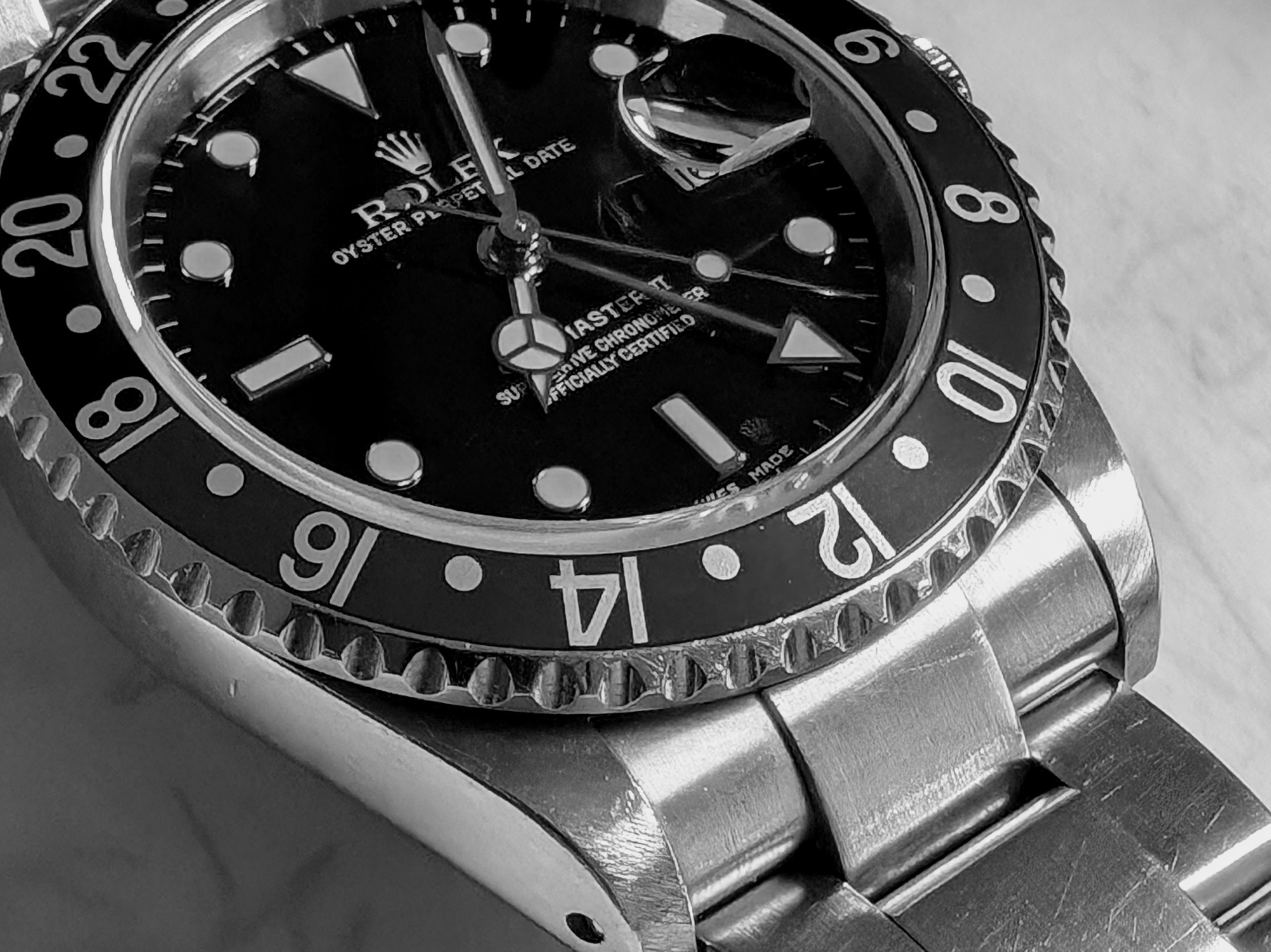
Comparing a relationship with a watch to a relationship with a human is completely insane from a normal person’s perspective. But, if you’re one of us, you know what I’m talking about. There’s a thing or two in common between falling in love and buying a watch.
First, our eye is caught by something new. Sometimes, attraction at first sight. Other times, it builds up gradually. Once identified, the target may be immediately attainable, or it can be completely out of reach. More often than not, it’s somewhere in the middle. Desire builds up. Eventually, the pressure is released. The honeymoon phase begins, and it’s all perfect. “This may be the only watch I ever need.” Until it isn’t. In some cases, we’re looking at a one-night stand—not quite literally, but you get the point. Usually, it’s a few months or years. Of course, some watch affairs will last forever.
Some collectors never let go of anything—Freud has a few thoughts on that, for another day. Most watch enthusiasts do. It’s often a necessity to fund the next desire. I’ve written about that desire before. Today’s post though is about why I’ve fallen out of love with so many watches.
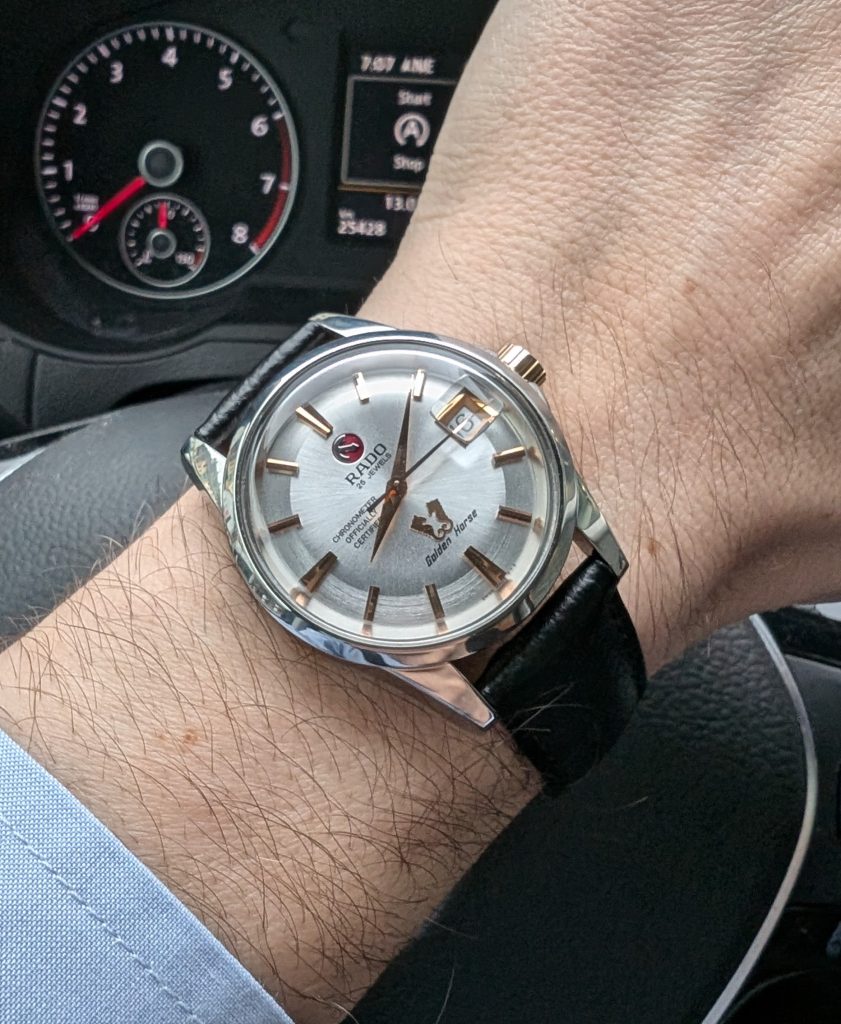
That one small thing…
I remember as a kid, adults talking about a couple on the verge of divorce. They quoted the woman saying she could “no longer stand the way he breathes.” Wow, I thought. That seemed both really brutal and unfair. But as I grew up, I realized that’s usually how it goes.
Needless to say, the root of the problem wasn’t how the man breathed—or, in an even more radical example I heard, how a person holds their pen. Rather, it’s the tip of the iceberg, a single point into which hundreds of micro-frustrations converge.

Back to watches
In a similar vein, most times I decided to part with a watch, it was because of a specific detail that ended up becoming all I could see. The horological version of breathing or holding a pen. For completeness, the other reason I parted with various watches has been boredom—at least compared to the new one I wanted to fund—but that’s out of scope for this post.
Let me give you a few examples. On one watch I recently sold (I’ll be nice and not give names), it was the hands and indices. They just felt cheap, subpar, and, more importantly, not up to the rest of the piece. Another time, it was the case. Same problem: it appeared to have been insufficiently finished compared to the rest of the watch and what it aimed to achieve. On a higher-end piece, it was the bezel. The red color on half of it started screaming “clown” whenever I looked at my wrist.

Where the relationship analogy has its limits is that I still feel today I would have kept those watches if it hadn’t been for that specific issue. I don’t think I started hating the indices, case, or bezel to channel my frustration with the watch as a whole. I was genuinely frustrated with those alone.
Some of those frustrations can come from a watch cutting corners to punch above its weight. When I interviewed Tissot CEO Sylvain Dolla last year, one of his quotes that struck me the most was, “We need to know where to stop and concentrate on the more visible and noticeable features. That is how we manage to offer such value.” From a business standpoint, that makes total sense. It’s also great for consumers who can score fantastic-looking watches for orders of magnitude less than other Swiss propositions. The downside is, for watch nuts who look at their wrist hundreds of times a day, smaller details can start to pop out quite aggressively after a while.
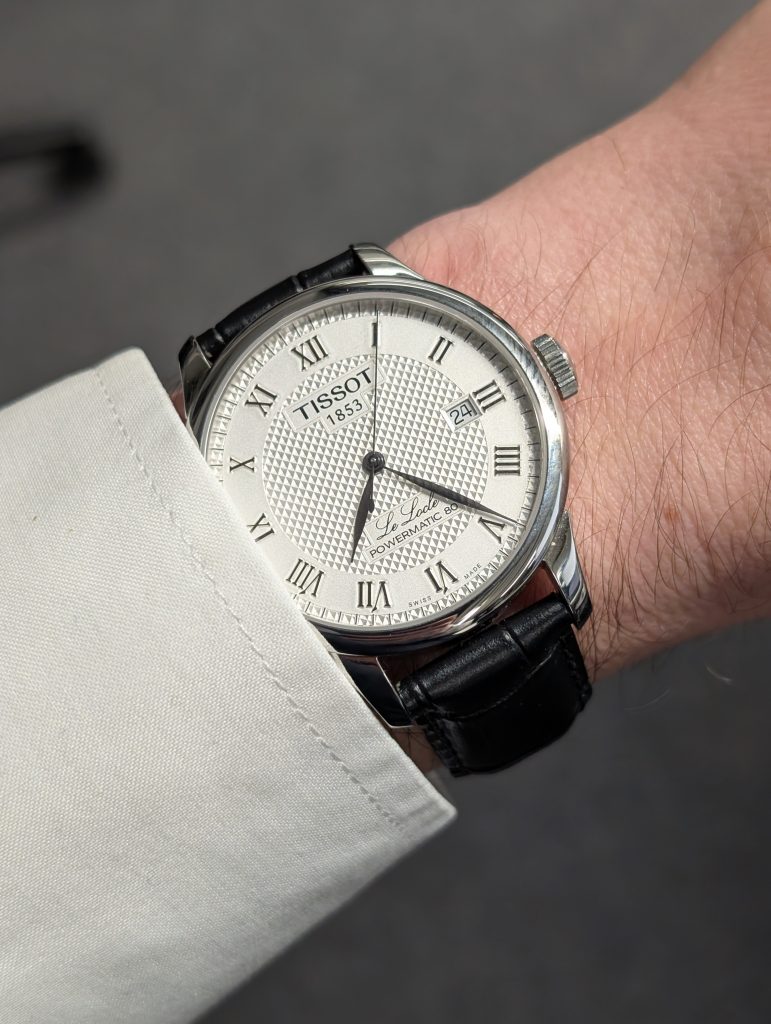
Sometimes, the issue with detail isn’t about quality; it can just be a matter of taste. Too shiny, too Roman, too much text, or too much empty space. I found that to be especially bothering when clashing with the rest of the watch’s vibe. Such as a particular finishing on the edge of the case, amazing in and of itself but not something I wanted on a so-called toolwatch. Or, in the case of my clown issue, just too red to be on my wrist, day in, day out.
The crazy thing is, in any of the scenarios above, all those traits were there from day one, when I decided to buy the watch. It’s not the watches’s fault. I’m the one who changed. Or did I?
The parallel
Each detail that ended up growing on me I probably had noticed the first time I saw the watch. But, carried away by everything else I liked and the adrenaline it infused in my watch-obsessed blood, I— subconsciously at least— chose to ignore it. The rush of a new watch, with all its highs, prevails.
Back to relationships. Many end up broken following a similar scheme. There was something we didn’t like so much at first: a personality trait (e.g., stingy), a behavioral trait (e.g., a hysterical laugh), a physical trait (e.g., something about the nose). Especially if they clash with the overall image we have, or want to have, of the other person. When the magic of love truly occurs, those melt into the package and become insignificant, or even appreciated. But when it doesn’t, they take over, and it’s all we can see.
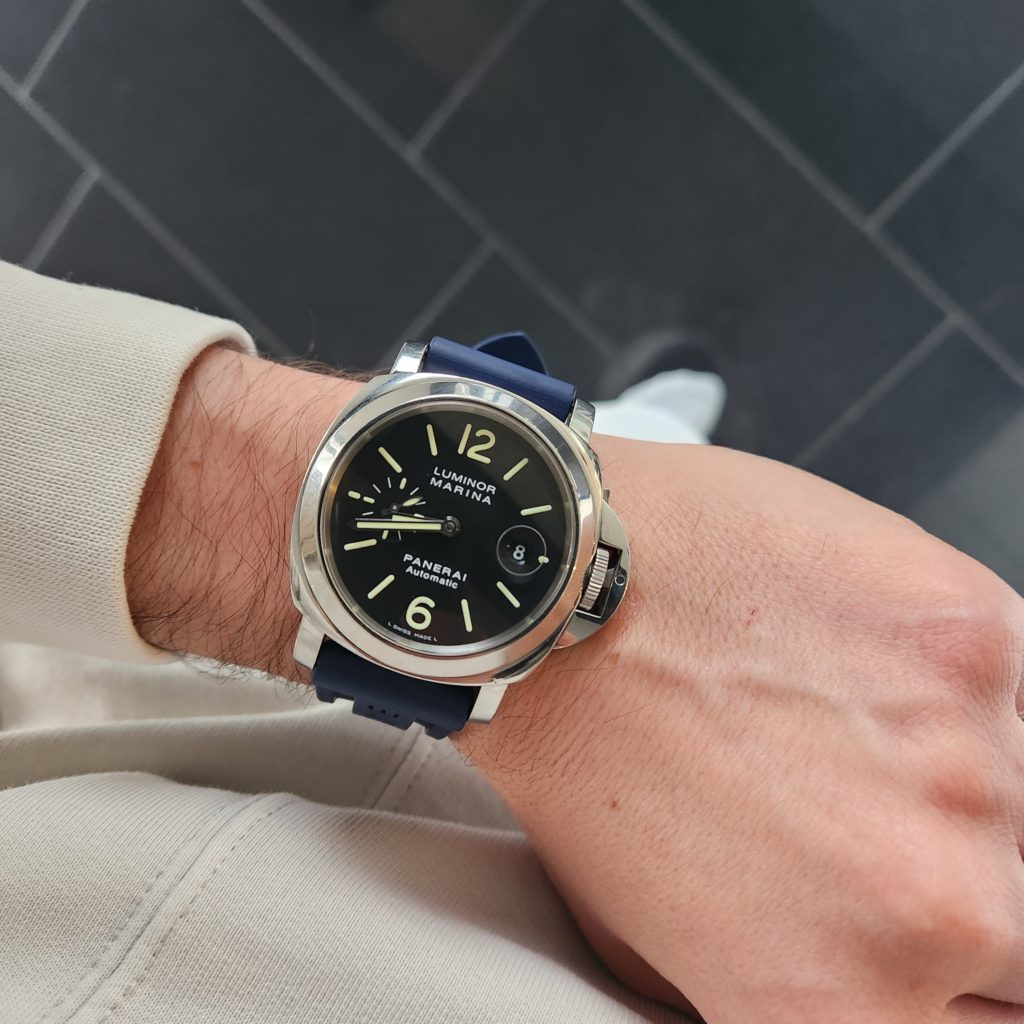
Concluding thoughts
As humans, sometimes, we learn. My advice, for what it’s worth, following my many, many horological breakups? Before buying, try and set the excitement aside for a second and imagine you must call out a thing or two you don’t like about the watch. What would they be? Make good note of them. It doesn’t mean you shouldn’t pull the trigger. But at least, you can set realistic expectations. And look, at the end of the day, watches aren’t people. At least, that’s what I tell my wife.


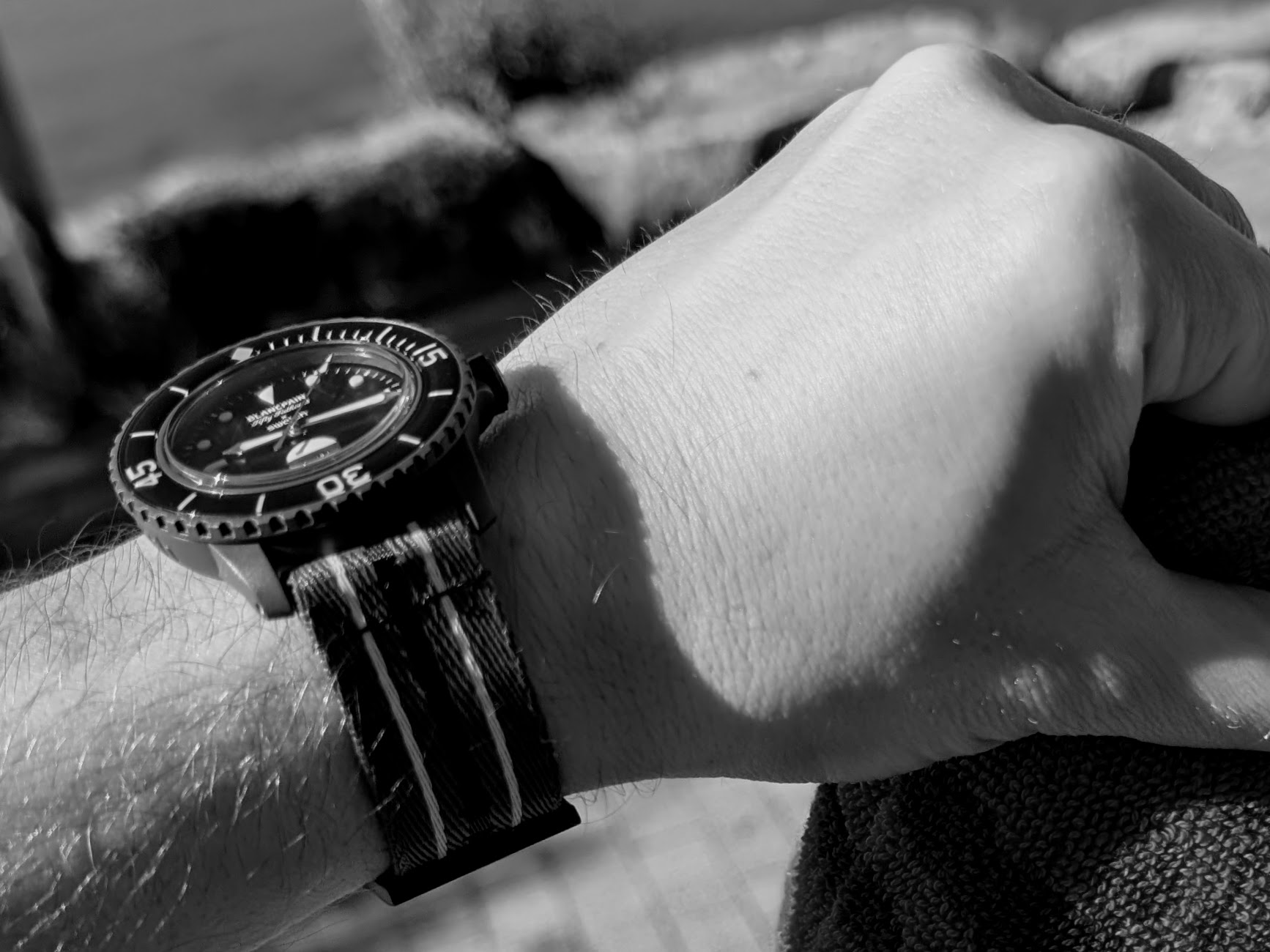

“Keep your eyes wide open before marriage, half shut afterwards.” —Benjamin Franklin.
Keeping our eyes half shut is definitely a challenge for us watch addict, er, I mean students of horology.
Great post, Alex! I laughed at the one-night stand analogy (that is both figurative and literal in the case of watches).
Haha, thanks Danny.